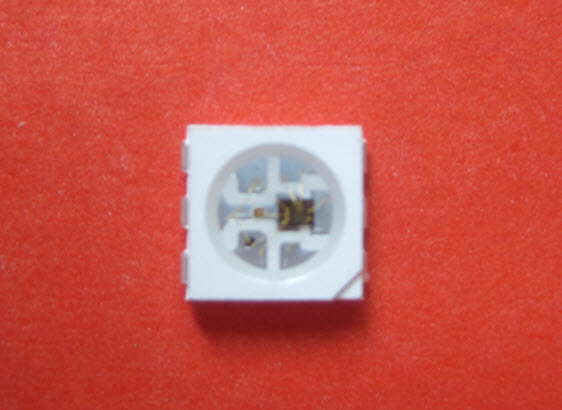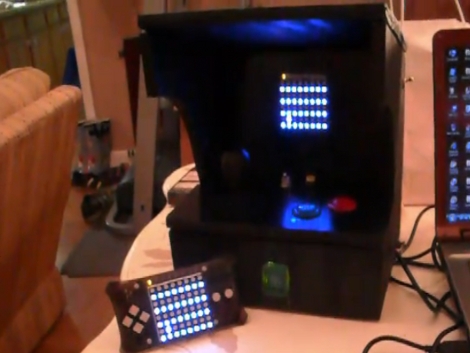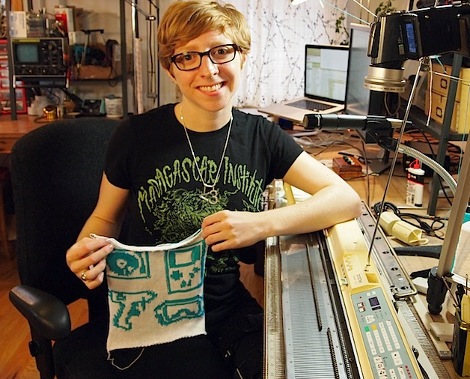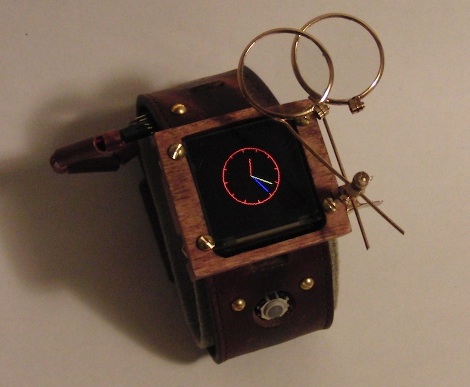![]()
Here’s a project inspired by a highly polished art piece. [Tobias] has been working on his own RGB LED clock which uses one light for each minute in an hour. He was inspired to start the project after seeing the Equinox clock. That one used a little PCB for each LED, and included an acrylic bezel and diffusers for each light. With the advent of LED pixel strings assembling one of these for yourself has become quite a bit easier.
The key part of the project is the laser-cut plywood frame which has a finger between each digit in order to perfectly space the lights. Each pixel is hot glued in place, with the Arduino board which drives them at the center of the frame. These lights are super bright, so [Tobias] also included a light dependent resistor which allows the system to measure ambient light and modulate the pixel brightness accordingly.
There are four parts to his project post so make sure you take some time to click around in order to get all the gritty details.















